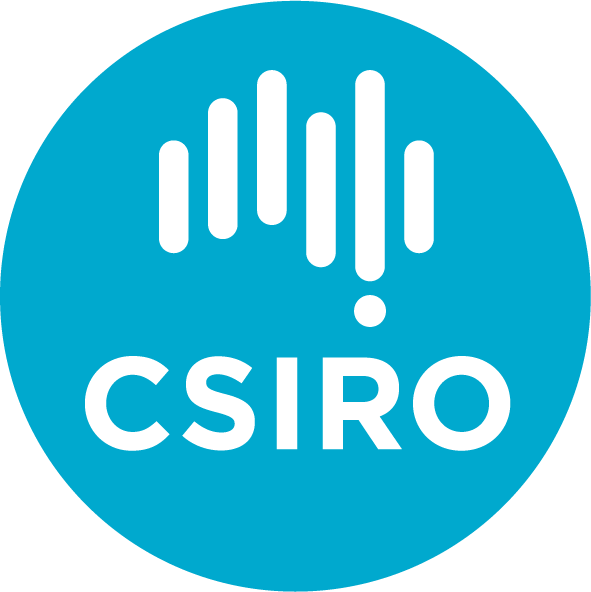Developer Diary #1: Thinking about Licenses
As we get to the end of this development cycle, and closer to achieving our Expensive Sentence, our Technical Director, Brian Ballsun-Stanton, ponders the state of all the various components that are working together in our project.
Status Update
Our Expensive Sentence for private beta is:
To support CSIRO Geochem for in-field testing in November 2021 by allowing minimal module design through web interface, collecting complex relational data with multiple devices while offline, and supporting API import and export from/to structured formats like CSV.
As a brief status report:
I was given a brief demo of our notebook generator on Wednesday. No more hand-writing XML! We even have access control built in from the very beginning!!
We have relationships and child entities — no need for flat files here.
Steve has made some amazing demos for the GIS portion of things using OpenLayers

And I’ve written exporters to export in CSV, geoJSON, KML, Shapefiles, GeoPackage, along with a sample exporter to ResearchSpace.
This makes the thinnest possible bridge across the chasm of designing an electronic field notebook for data collection, to … actually collecting data, to getting the data out of the system. We have a ways to go yet, but progress is quite promising.
Let us know if you want to be involved in focus group testing in the new year.
Thinking about Licenses

Thinking about the recent news of AGPL’d license being run without offering licensed downloads1 and the fact that they aren’t offering source downloads being used as the excuse to sue the site (very Capone-Tax Evasion style) made me interested in what our current license exposure was in FAIMS3. Running npx license-checker --summary on our primary repo2 has produced a bewildering array of licenses:
It’s quite clear that I’m going to need to spend some time with the license compatibility checker (via this post) and to try to figure out if any of these licenses (or any yet to come) are problematic. While our code is public. we’ve chosen an MIT license to hopefully support future sustainability efforts. We will, however, need to be careful not to let any Affero Public License’d stuff be included as upstream dependencies in our codebase.
Why everyone cannot use the CRAPL, I simply do not know.
Reading this week
This week, I’m reading Chapter 1 of Cybernetic Revolutionaries — and thinking about cybernetics (command and control, not robots), dominion, and management.
Not at all linked because a) it relates to other research I’m on, and b) I have no interest in getting involved in politics in this blog…
Yes, my home computer is named Baudrillard. What do you mean normal people don’t name their computers after philosophers?
For more news, subscribe!




